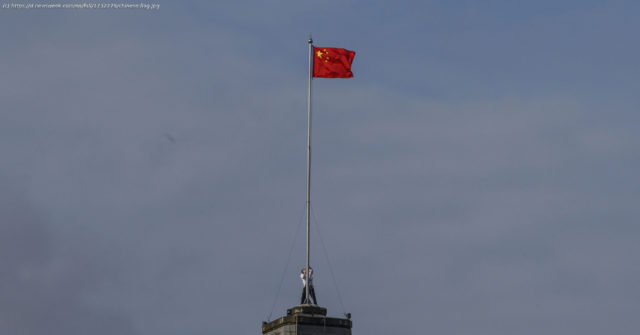China is attempting to control the global conversation about its escalations in Hong Kong and its treatment of Uighurs.
While the rest of the world watches, China is systematically destroying the remnants of pro-democracy activism in Hong Kong. Amidst these efforts to eliminate dissent, it is vital that universities here in the United States and around the world stand by freedom of expression. Few other institutions can be relied on to do the same. The fear on campuses is palpable. Last week, Hong Kong Free Press editor-in-chief Tom Grundy withdrew from a classroom Zoom discussion after a University of Leeds instructor asked him to avoid discussing Hong Kong’s protest movement due to «safety concerns» for Chinese students. And just weeks ago, Princeton professor Rory Truex advised students in China against taking his Chinese politics course due to the legal concerns it could raise for them. The root of instructors’ fears about student safety? China’s sweeping national security law, with purposefully broad bans on «subversion» and «separatism» that can ensnare anyone disfavored by Beijing and has wreaked havoc upon Hong Kong’s democracy movement since the law went into effect in June. Beyond gutting civil liberties in Hong Kong, the law now affects speech on campuses around the world. In the United States, Canada, United Kingdom, Australia and elsewhere, faculty members have changed teaching methods to protect students, especially international students, who may be at legal risk due to discussions about China that could violate the pernicious law. This initiative largely has been led by individual professors who have refused pressure to self-censor sensitive material while still seeking measures that would preserve student anonymity. The stakes are even higher after COVID-19 forced classes online and introduced increased risk of surveillance.
Домой
United States
USA — China China Wants to Silence Critics. Universities Must Fight Back| Opinion






